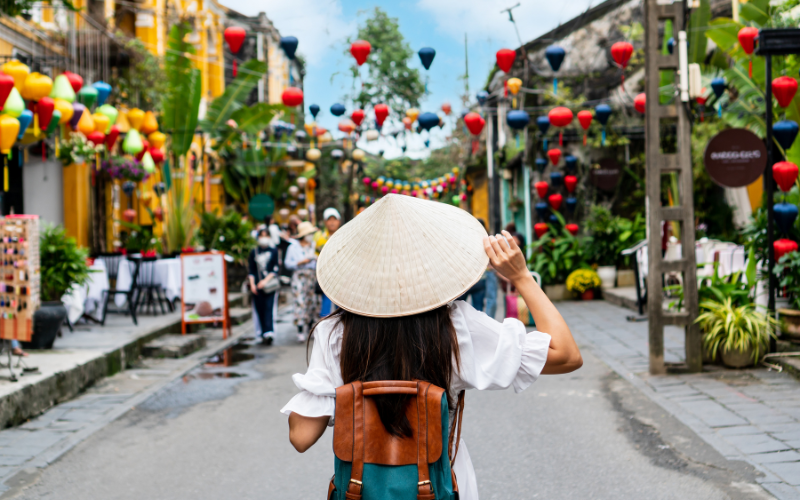To become ‘civilised’, early human settlements were tied to needs. First came the need for food and water. Early villages were often built near rivers, lakes, fertile valleys, or shallow bays. Next came safety, which contributed to the development of the fort, castle and walled city. Only when our needs were satisfied could we move towards fulfilling our desires, including wanting a sense of belonging and developing our self-esteem. These are also the foundations of the 1943 premise by the psychologist Abraham Maslow, who explained human behaviour via a pyramidal ‘hierarchy of needs’. The more secure people become, the more their desires move beyond survival to self-fulfilment.
Cities are without a doubt a reflection of humanity’s hierarchy of needs, especially since the global population has had an urban majority since 2008, with Malaysia’s urbanisation rate exceeding 75% in 2024. Our urbanity is however a relatively new phenomenon, barely one generation old in many cases. This can be seen in the seasonal rush to ‘balik kampung’ during Hari Raya, Chinese New Year, Deepavali, or Gawai celebrations, because many city-folk still link their identity to an ancestral home – a place where tangible and intangible reminders of the past have survived the waves of change enveloping our constantly evolving cities.
Once urbanisation reaches its zenith, and once living memories of village life fade into moderate obscurity, this trend to ‘balik kampung’ to a literal place of rural idyl will gradually fade. The city itself will eventually become the place of historic memory and identity for the millennial generation, whose childhood memories will be mainly of sub-urban neighbourhoods, shopping malls and tall buildings. They will also be of inner-city schools, law-courts, palaces, places of worship, shop-houses, museums, and the villas of the wealthy. Together, these older and newer buildings form the inventory of our urban built environment.
The older buildings of primary interest to tourists, architects, and families with direct connections are increasingly being listed as invaluable heritage structures to be conserved. This is because the human brain is hard-wired to enjoy stories, and architecture is one of life’s greatest storytellers. For a city made up of buildings from many eras of history, the stories can be quite compelling, from an ancient past to an interesting present to a hopeful future.

